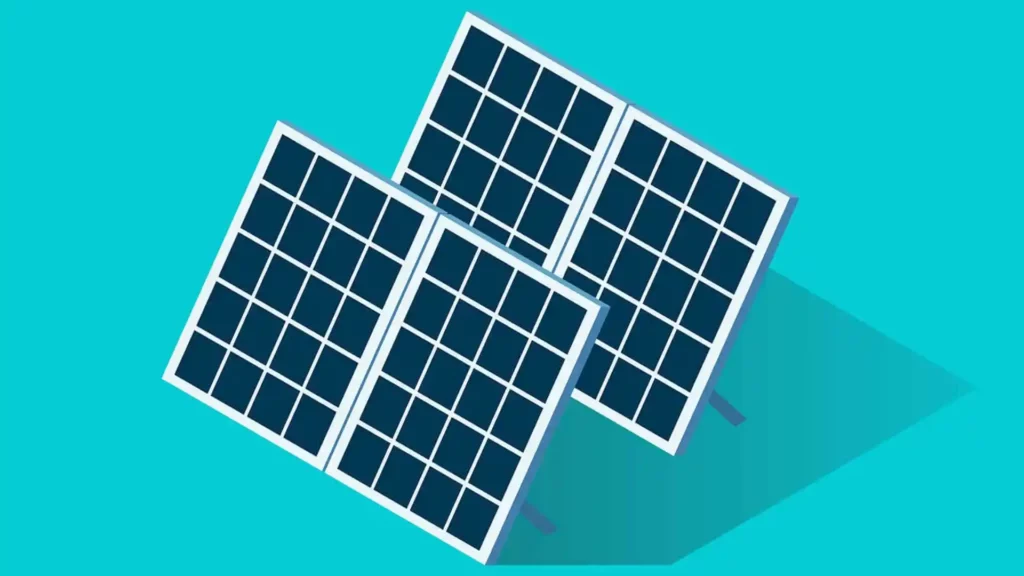How to Improve Solar Charger Efficiency
As a solar enthusiast, I am fascinated by the sun's power to provide clean energy. Solar chargers are essential for harnessing this energy, allowing us to charge our devices and stay connected while being eco-friendly.
Solar chargers can be improved for better efficiency. I will share insights and strategies to enhance your charger's power and your charging experience.
Understanding Solar Charger Efficiency
Efficiency is crucial for solar chargers to maximize their ability to convert sunlight into electricity. It is the percentage of solar energy that can be extracted and converted into usable power.
Solar charger efficiency is crucial: higher efficiency means more solar energy is transformed into usable power for faster and more effective device charging. Most market chargers have ratings of 15% to 25% efficiency.
Efficiency can vary due to factors like weather conditions and the quality of solar panels. Cloudy skies reduce sunlight, affecting the charger's efficiency. High-quality panels with advanced technology are more efficient.

Optimize Solar Panel Placement
To maximize solar panel efficiency, consider these factors: panel placement, position, and orientation. These elements directly affect sunlight absorption and overall performance.
- Avoid Shading: Avoid shading for optimal solar panel efficiency. Assess the location for potential obstructions like trees or buildings. Even partial shading affects system efficiency, so choose a spot that minimizes shading for maximum sunlight exposure.
- Orientation: Solar panel orientation is crucial for maximizing sunlight exposure. South-facing orientation generally works best for most regions. However, ideal orientation varies depending on your specific location and climate.
- Tilt Angle: The tilt angle of solar panels impacts their absorption of sunlight. Adjusting the angle based on location and season enhances efficiency. Initially, align with latitude, but later optimize regularly.
- Panel Elevation: Consider panel elevation along with shading. Mount panels high enough to minimize obstructions. For ground installations, raise panels above tall grass or shrubs. For rooftops, beware of nearby structures or vent pipes that may cast shadows and adjust panel placement.
- Tracking Systems: Solar tracking systems enhance panel efficiency by adjusting their position to track the sun's movement, boosting energy production by up to 25% compared to fixed-tilt systems. However, they involve extra costs and maintenance. Assess your budget, space, and potential benefits before investing.
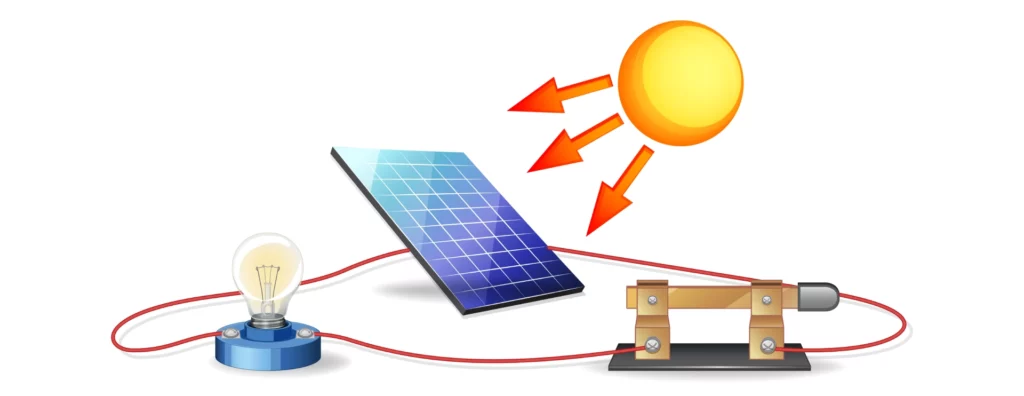
Luminous Solar Home UPS
The Solar Home UPS has a built-in 20 Amp solar charge controller to optimize solar power usage. Once the battery is fully charged, the microcontroller switches to battery mode, supplying power to all points.
Luminous Hkva solar inverter, with 1,600-watt capacity, provides enough solar power for regular load and high-powered electronics.
The Luminous Hkva solar inverter is known as a top choice for home solar power. Luminous, established in 1988, has been producing solar power systems for a long time. Their initial model, the Luminous Solar Hybrid 1100/12V Home UPS, is designed for residential use and has a power capacity of 700 VA.
This model requires tubular batteries with a 150 ah capacity. The company also claims to be one of the few companies in the market that has solar inverters that are app-enabled.
This battery system supports various solar appliances. The Luminous solar home UPS connects to the government grid and features a pure sine-wave UPS. It is safe for homes and supports net-metering, exporting excess electricity. These batteries reduce utility bills and are easy to install and maintain.
PERC technology
A PERC solar panel can provide an impressive amount of power in a small space. Its rear layers are screen-printed, which makes it easy to install and relatively inexpensive to produce.
The downside is that PERC is susceptible to LeTID (light-induced degradation) and can lose up to 20% of its efficiency within two or three years. Fortunately, new technologies are now available that address both of these issues.
The PERC technology is a revolutionary development in the solar industry. This new technique improves solar cell efficiency by six to twelve percent. It was developed by Martin Green in Australia in the 1980s and involves the addition of a passivation layer to the rear of the cell.
This extra layer allows more light to enter the cell, which can then be converted into energy. The resulting energy is higher than before.
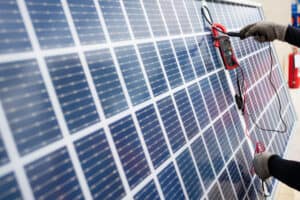
Multi-functionalization
The Multi-functional solar charger has numerous features that maximize its performance.
The regulator circuit minimizes the output charge current during low illumination, and the input voltage regulation loop maintains VMP at 17V. During low-current charging, the charger starts PWM operation and reduces the regulation threshold. In previous lead-acid battery chargers, the VIN(REG) voltage would drop to 15V when the charge current is below 200mA.
The current solar panel charger circuit tracks the reduction in the VMP in the solar panel when the input voltage is less than 200mA.
Multi-functional solar chargers are often foldable and can be mounted on the dashboard of an automobile. They plug into the vehicle's lighter socket and have an auxiliary charging system for flashlights. Public solar chargers are usually permanently installed in public areas and have decent solar charger efficiency.
Their efficiency depends on the charging voltage they produce. A voltage regulator is required to regulate the charging voltage. A solar panel can produce different voltages, and the charger must be able to handle all three.
MPPC technology optimizes solar panel efficiency by increasing the voltage at the optimal point. When there is low illumination, the power conversion efficiency is reduced. This decreases overall power transfer efficiency.
MPPC technology helps solve this problem by forcing the battery charger to release energy in bursts during low illumination. It also increases the output power. However, it can be costly to implement. Therefore, a multi-functional solar charger will be an ideal solution for you.
MPPT and PWM solar charge controllers can increase the efficiency of your chargers by several folds. The cost of an MPPT solar charge controller depends on the number of green solar panels connected to it.
An older PWM charge controller costs $40 for a 10A unit while a more advanced MPPT controller may cost from $80 to $1500. MPPT charge controllers have much higher efficiency, but they are more expensive than their cheaper counterparts.
High-capacity materials
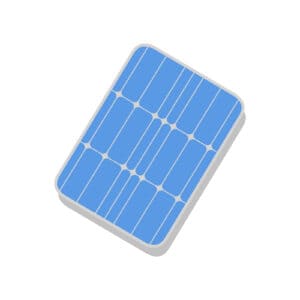
Researchers are examining the possibility of developing high-capacity materials for solar chargers. Such materials have the potential to improve the efficiency of solar panels and other electric power systems.
These materials are most commonly used in semiconductor devices, such as PV cells. They also exhibit excellent charge transfer properties at the interface.
To improve solar charger efficiency, semiconductor materials should have low bandgap values. Here are a few examples of high-capacity materials:
Integrated PV battery systems offer numerous benefits, including compactness, efficiency, and stability. Moreover, these integrated systems are more practical, since they have fewer packaging requirements.
While advanced solar charging battery designs are being investigated, they are largely dependent on high-capacity materials for improved efficiency. Bifunctional materials, such as lithium-ion and perovskite solar cells, combine energy storage and energy harvesting capabilities.
One promising option for improving solar charger efficiency is the use of silicon PV. Developed by Sanyo, it was used to charge a lithium-ion battery module with a capacity of 15 cells.
This design was used as a proof-of-concept solar charging module. In addition, it obtained a 14.5% overall efficiency with a 15-cell LIB module. This high efficiency is attributed to matching the PV module's peak PowerPoint with the battery's charging voltage.
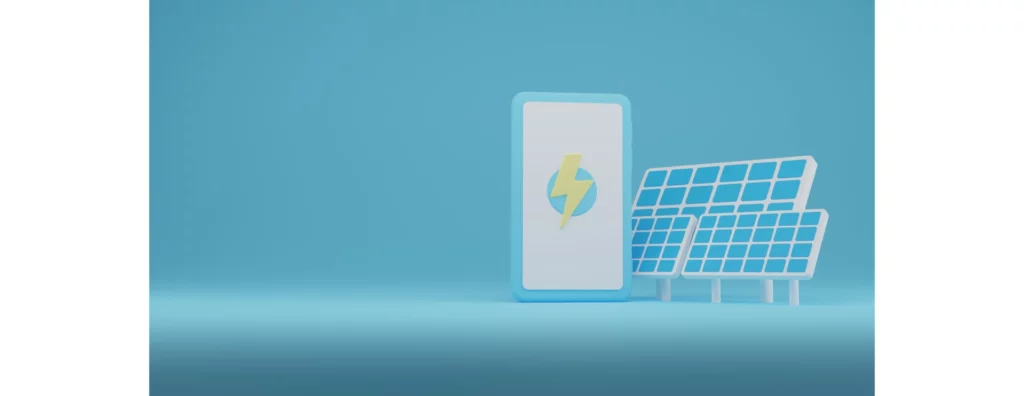
Stable materials
Perovskites are promising materials for solar charger efficiency, but they are not stable enough to compete with silicon. Perovskites are very difficult to make and, so far, the US Department of Energy is keeping these materials secret. A recent decision to release 40 million dollars to several labs focused on making perovskites easier to manufacture is encouraging news for solar cells.
Perovskite cells are expected to provide solar power at lower costs than silicon, but they will need to undergo further testing before they can truly compete with silicon.
Silicon is the current king of solar materials, but it is very bulky, rigid, and heavy. These features make it unsuitable for many applications, including aeronautics and electric vehicles. Currently, about 95 percent of solar chargers are made with silicon.
To compete with silicon, we need new and innovative materials that are lightweight, bendable, and eco-friendly. Silicon, for example, is not suitable for the new technology that will be needed in the near future.
While perovskite solar cells have come a long way, they still face challenges in terms of long-term stability. The major stability issue is the decomposition of the materials, and they are thought to be intrinsically unstable under outdoor working conditions.
Here is a video to understand Solar Charger
Combine Solar Chargers with Battery Storage
Combining solar chargers with battery storage is a smart approach that can significantly enhance the efficiency and reliability of your solar charging system.
By integrating battery storage into your setup, you can store excess solar energy generated during the day for later use, even when sunlight is not available. This feature provides several benefits that contribute to overall efficiency.
Utilizing Excess Solar Energy
Solar chargers with built-in battery storage allow you to capture and store excess solar energy that is generated but not immediately utilized.
Instead of losing this unused energy, it is stored in batteries for later use. This ensures that you make the most of the solar power available, maximizing the efficiency of your system.
Charging During Non-Sunlight Hours:
Battery storage enables you to charge your devices using stored solar energy during non-sunlight hours, such as at night or on cloudy days.
This eliminates the reliance on direct sunlight and ensures a continuous power supply. By utilizing stored energy, you can maintain efficient charging capabilities even when the sun is not shining.
Mitigating Fluctuations in Sunlight Intensity
Solar energy generation can be affected by fluctuations in sunlight intensity due to factors like weather conditions and shading. Battery storage helps to mitigate these fluctuations by storing excess energy during periods of high sunlight intensity.
Backup Power in Emergencies
Battery storage provides an additional layer of security by offering backup power during emergencies or power outages. In situations where grid power is unavailable, the stored solar energy can be used to charge your devices and meet essential power needs.
This backup power capability enhances the overall efficiency and reliability of your solar charging system, ensuring that you can stay connected and powered up even in challenging circumstances.

Conclusion
As a solar enthusiast, I believe improving solar charger efficiency is crucial for maximizing the benefits of renewable energy. By optimizing panel placement, adopting energy-efficient charging habits, and using battery storage, we can enhance solar charging systems and reduce energy consumption.
To make informed decisions about solar chargers, we must understand their efficiency and influencing factors. Investing in good panels and considering weather, shading, and tilt angle ensures maximum sunlight exposure and peak efficiency.
Adding battery storage to our solar charger setup has several benefits. It allows us to use stored solar energy at night, ensuring a constant power supply and less reliance on external sources. Moreover, it helps manage changes in sunlight intensity for more reliable power output.
Source:
Solar Charging Batteries: Advances, Challenges, and Opportunities

